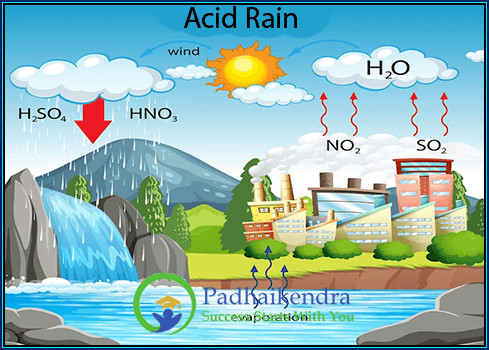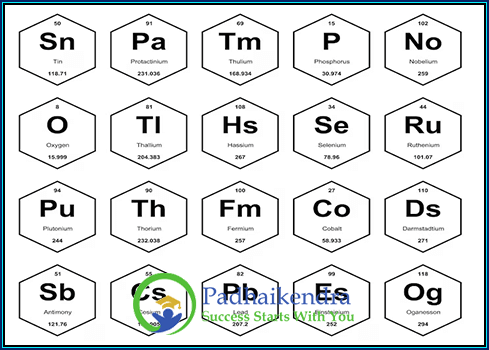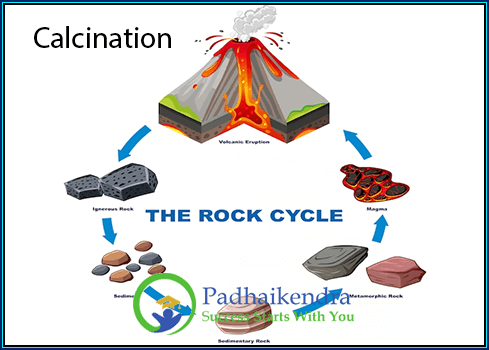History of Natural Rubber
Natural rubber is an incredibly versatile and widely used material in today’s world. It can be found in a wide range of industrial and consumer products, from tires and hoses to gloves and footwear. However, the story of natural rubber is one that stretches back centuries and across continents, shaped by the resourcefulness and ingenuity of people around the globe.
The journey of natural rubber begins in the lush rainforests of Central and South America. Indigenous communities in these regions discovered the remarkable properties of the rubber tree’s sap, known as latex. They used this latex to create a variety of practical items. The Mayans and Aztecs were among the first to utilize natural rubber, crafting balls, shoes, and waterproof containers from the material.
The arrival of European explorers in the 16th century brought natural rubber to the attention of the wider world. These Spanish explorers observed the indigenous people playing with rubber balls and wearing rubber shoes, which piqued their curiosity. They brought back samples of rubber to Europe, but it wasn’t until the late 18th century that natural rubber started gaining traction in the continent. Initially, it was seen as more of a curiosity than a practical material.
The true potential of natural rubber began to be realized in the early 19th century. It was discovered that rubber possessed valuable properties such as elasticity, durability, and waterproofness. As a result, natural rubber found its way into the manufacturing of waterproof clothing, boots, hoses, and various other products. However, a significant drawback became apparent – natural rubber became brittle in cold temperatures and sticky and soft in hot temperatures, limiting its reliability for many applications.
The Discovery of Vulcanized Rubber
 The accidental discovery of vulcanized rubber by Charles Goodyear in 1839 marked a turning point in the use of natural rubber. Goodyear, through extensive experimentation, found that by heating a mixture of rubber and sulfur at high temperatures, he could create a stronger and more resilient material capable of withstanding temperature changes. This process, known as vulcanization, revolutionized the industrial application of rubber.
The accidental discovery of vulcanized rubber by Charles Goodyear in 1839 marked a turning point in the use of natural rubber. Goodyear, through extensive experimentation, found that by heating a mixture of rubber and sulfur at high temperatures, he could create a stronger and more resilient material capable of withstanding temperature changes. This process, known as vulcanization, revolutionized the industrial application of rubber.
The demand for natural rubber continued to grow throughout the 20th century, driven by the booming automotive industry and increased usage in consumer products. Southeast Asian countries, particularly Malaysia, Indonesia, and Thailand, became major producers of natural rubber, primarily sourced from plantations.
During the mid-20th century, synthetic rubber made from petroleum-based chemicals was developed. This led to a decline in the reliance on natural rubber, as synthetic rubber offered enhanced resistance to degradation and was less impacted by environmental factors. Nevertheless, natural rubber remains indispensable in various applications, such as tire manufacturing, latex gloves, and rubber bands.
The Problem With Natural Rubber
While natural rubber is an incredibly useful material, it is not without its challenges. One of the main issues with natural rubber is its susceptibility to degradation over time. Exposure to heat, light, oxygen, and other environmental factors can cause the material to deteriorate, resulting in a loss of its desirable properties like elasticity and strength.
Another problem with natural rubber is its vulnerability to attack by microorganisms such as fungi and bacteria. These microorganisms can rapidly degrade the rubber, compromising its integrity and lifespan.
Furthermore, certain chemicals, including acids, bases, and some solvents, can also harm natural rubber. Exposure to these chemicals can lead to a loss of strength and other physical properties, rendering the rubber unsuitable for many applications.
Finally, the production of natural rubber can have significant environmental impacts. Rubber plantations often require large amounts of water and the use of pesticides, contributing to soil and water pollution. Additionally, the clearance of forests to make way for rubber plantations can lead to deforestation and the loss of habitat for wildlife.
While natural rubber possesses valuable properties, its susceptibility to degradation and environmental impact means that it may not always be the ideal choice for certain applications. Synthetic rubber, with its enhanced resistance to degradation and potentially lower environmental impact, may offer a more suitable alternative in some cases.
Charles Goodyear’s Accidental Discovery
Charles Goodyear’s accidental discovery of the vulcanization process revolutionized the rubber industry and left a lasting impact on the world. Through his tireless experimentation and perseverance, he developed a material that was strong, durable, and flexible, finding applications in a wide range of products, from footwear to automobile tires.
Goodyear was born in 1800 in New Haven, Connecticut, into a family of inventors and entrepreneurs. His father, Amasa Goodyear, was a pioneer in hardware manufacturing, instilling in Charles a passion for invention from a young age.
 In the early 1830s, Goodyear became fascinated by the potential of rubber as a commercially viable material. At the time, rubber was relatively new in the United States, and its properties were not fully understood. It was known to be sticky, smelly, and prone to melting in hot weather, limiting its usefulness.
In the early 1830s, Goodyear became fascinated by the potential of rubber as a commercially viable material. At the time, rubber was relatively new in the United States, and its properties were not fully understood. It was known to be sticky, smelly, and prone to melting in hot weather, limiting its usefulness.
Goodyear embarked on a series of experiments to find a way to make rubber more stable and durable. He tried adding various substances, such as turpentine and oil, to the rubber, but these attempts proved unsuccessful. He also experimented with heating the rubber to high temperatures, only to find it becoming brittle and prone to cracking.
It was during one of these experiments that Goodyear accidentally stumbled upon the process of vulcanization. According to the popular legend, he inadvertently spilled a mixture of rubber and sulfur onto a hot stove, and to his amazement, he observed that the resulting material was stronger and more elastic than ordinary rubber. This serendipitous event inspired Goodyear to further explore the process. Eventually, he developed a method involving heating rubber and sulfur together under pressure, creating a durable and resilient material that could be molded into various shapes.
Goodyear’s discovery proved to be a game-changer for the rubber industry. Prior to vulcanization, rubber was challenging to work with and prone to degradation over time. With vulcanization, rubber became a versatile and durable material that found widespread applications.
However, Goodyear faced numerous challenges in gaining recognition and protection for his invention. Patents were difficult to obtain, and he encountered fierce competition from other inventors and entrepreneurs working on rubber-based products. Financial hardships compelled him to spend much of his life traveling and promoting his invention to secure funding and support.
Despite the obstacles, Goodyear persisted in his work, and his efforts eventually paid off. Today, vulcanized rubber is used extensively in a broad range of products, from tires and footwear to industrial hoses and seals.
Goodyear’s accidental discovery stands as a testament to the power of perseverance and experimentation. His unwavering dedication to finding a solution to the challenges posed by rubber led to a breakthrough that transformed the world. The legacy of Charles Goodyear lives on in the multitude of products that rely on vulcanized rubber and serves as an inspiration for future inventors and innovators, highlighting the potential for great discoveries to emerge from unexpected circumstances.





